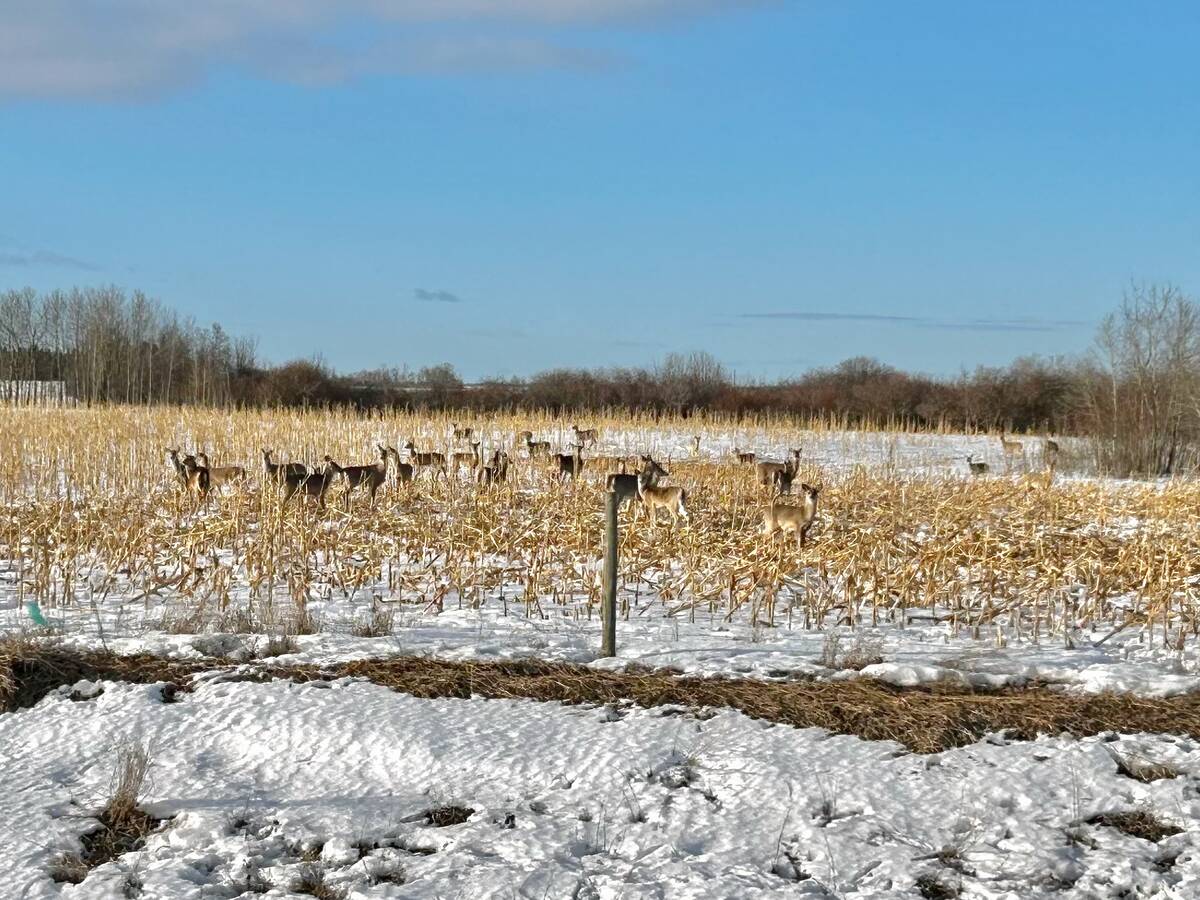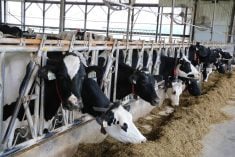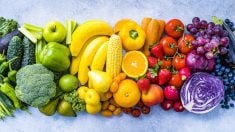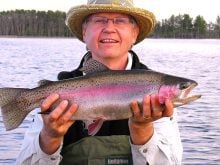A new provincial strategy treats water like a precious, scarce commodity – and it is, say Manitoba’s vegetable growers.
“We cannot grow any more acres of (vegetables) in southern Manitoba because we do not have access to enough water,” said Pamela Kolochuk, CEO of Peak of the Market.
The province rolled out its new water strategy Nov. 8, replacing a strategy written in 2003.
Read Also

Manitoba launches CWD tracking tool
A newly launched digital dashboard allows hunters to track where chronic wasting disease has been confirmed in Manitoba
Why it matters: During a recent dry cycle, Manitoba’s water resources came under heavy stress, illustrating the risk to the province’s agriculture sector.
It is composed of 11 focus areas. At the top of the list is “make every drop count.”
Others include protecting biodiversity and ecosystem health; protecting quality and quantity of groundwater; improving data on water; addressing infrastructure challenges; and including Indigenous communities in water management.
The strategy also emphasizes adaptation to climate change and to extremes of drought and flooding exacerbated by climate change.
The strategy’s action plan will be developed this winter, the province said in a news release.
[RELATED] Soil moisture levels look good heading into winter
Irrigation limits
Kolochuk took part in consultations, headed by EMILI (Enterprise Machine Intelligence and Learning Initiative). In a submission to EMILI, Kolochuk said irrigation will become “the biggest use of water in Manitoba going forward.”
Large-scale processors like McCain and Simplot will need irrigated land, which produces far more potatoes than unirrigated fields, she said. Washing potatoes and vegetables also takes a lot of water.
The industry relies on irrigation more than it did 20 years ago, when the old water strategy was written, Kolochuk told the Co-operator. Twenty years ago, Peak of the Market washed everyone’s produce. Now farmers do it themselves.
In some areas, including Portage and Winkler, farms can’t drill wells but they can pump water from rivers within the limits of a water licence, Kolochuk said. Some farms aren’t close enough to rivers, so they’ve built reservoirs to capture runoff for irrigation.
This takes up valuable land, she said.
[RELATED] ‘Innovation Farms’ to allow agricultural technology testing on commercial operation
In consultations, she told EMILI about a lack of clarity around who oversees water and water rights. There’s also a lack of good information on the quantity of water available in areas like Winkler, where growers have been trying to get permission to drill wells.
This needs to be clarified and water must be allocated accordingly, Kolochuk said.
“Otherwise we are unnecessarily limiting our irrigation capacity.”
The strategy gives a nod to producers’ woes under the focus area “meet the water supply needs of current and future generations sustainably.” It acknowledges that water supply has limited potato growers and agricultural processing.
Strategic objectives in this focus area include increasing “the reliability and accessibility of water supplies for communities, agriculture, industries and other water uses.”
The strategy includes aims to improve data and information about water and improve coordination of water management.
Water angst
Dairy Farmers of Manitoba weighed in on the strategy. Canadian dairy chair David Wiens told the Co-operator that farmers need to know they’re on governments’ radar if water supplies get low. For example, if municipalities limit water use, dairy farmers should get priority over watering lawns.
[RELATED] Dairy farmers face emptying water wells
“We would like to be recognized for what it is that we do,” Wiens said.
During 2021’s drought, the co-operative that supplies water to the Morden, Winkler and Carman area, including some farms, struggled to find deep pockets of water in the Red River for pumping. Many communities asked residents to limit water use and farmers had to be more careful too.
“It did create some angst,” Wiens said. “Water is the lifeline of a dairy farm.”
Dairy farmers will do their part, he added.
“We will strive to improve the situation on the farm too.”
Canadian farms have reduced water use per litre of milk by six per cent, on average, compared to 15 years ago, according to the Dairy Farmers of Canada website.
Data needed
It was good to see data improvement as a focus, said Dimple Roy, director of water management at the International Institute for Sustainable Development.
Water systems need to be monitored and the biggest needs identified so they can be specifically targeted, Roy said.
Once water management projects are in place, they need to be monitored so there is good data on results, she said. This is important from a scientific standpoint and also so taxpayers can know if their money is being invested wisely.
Roy said she expected to see more details in the action plan, such as the short and long-term budget and sources of funding. It also needs to set targets.
The action plan will be a “focused guide to specific actions, partnerships and investments,” a provincial spokesperson said in an emailed statement.
The province promised more public engagement, including with Indigenous groups, as it develops the action plan over the winter.
















